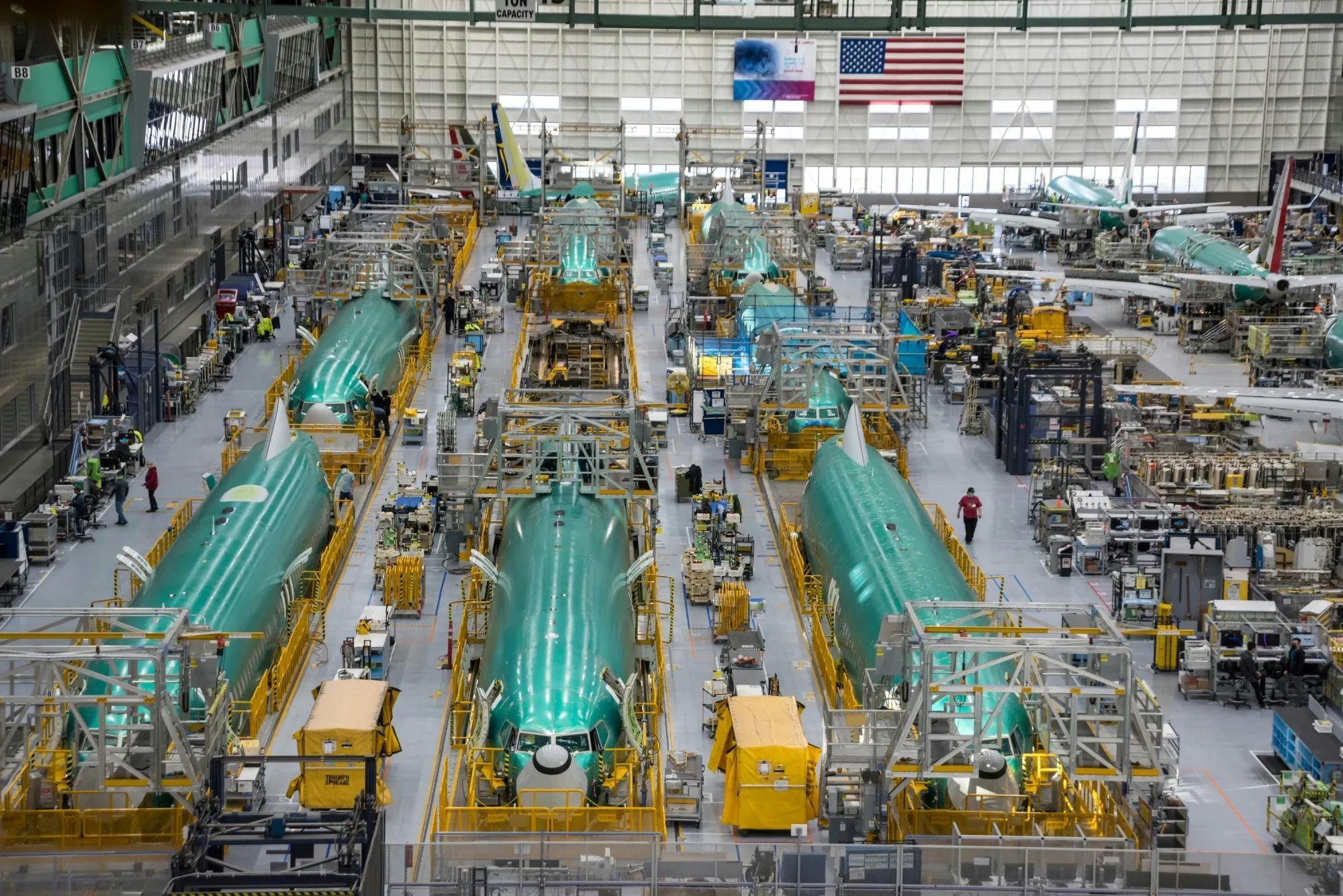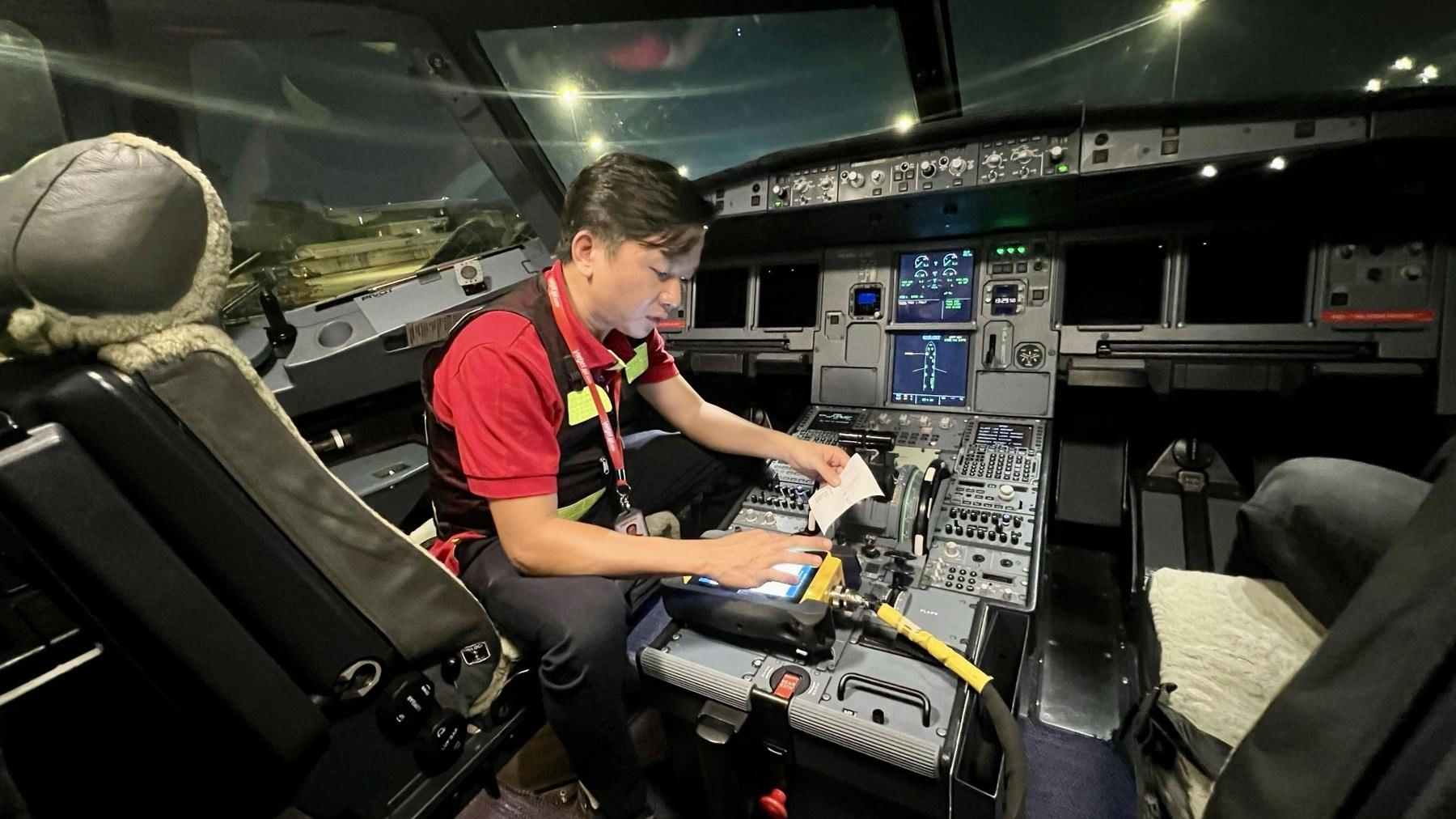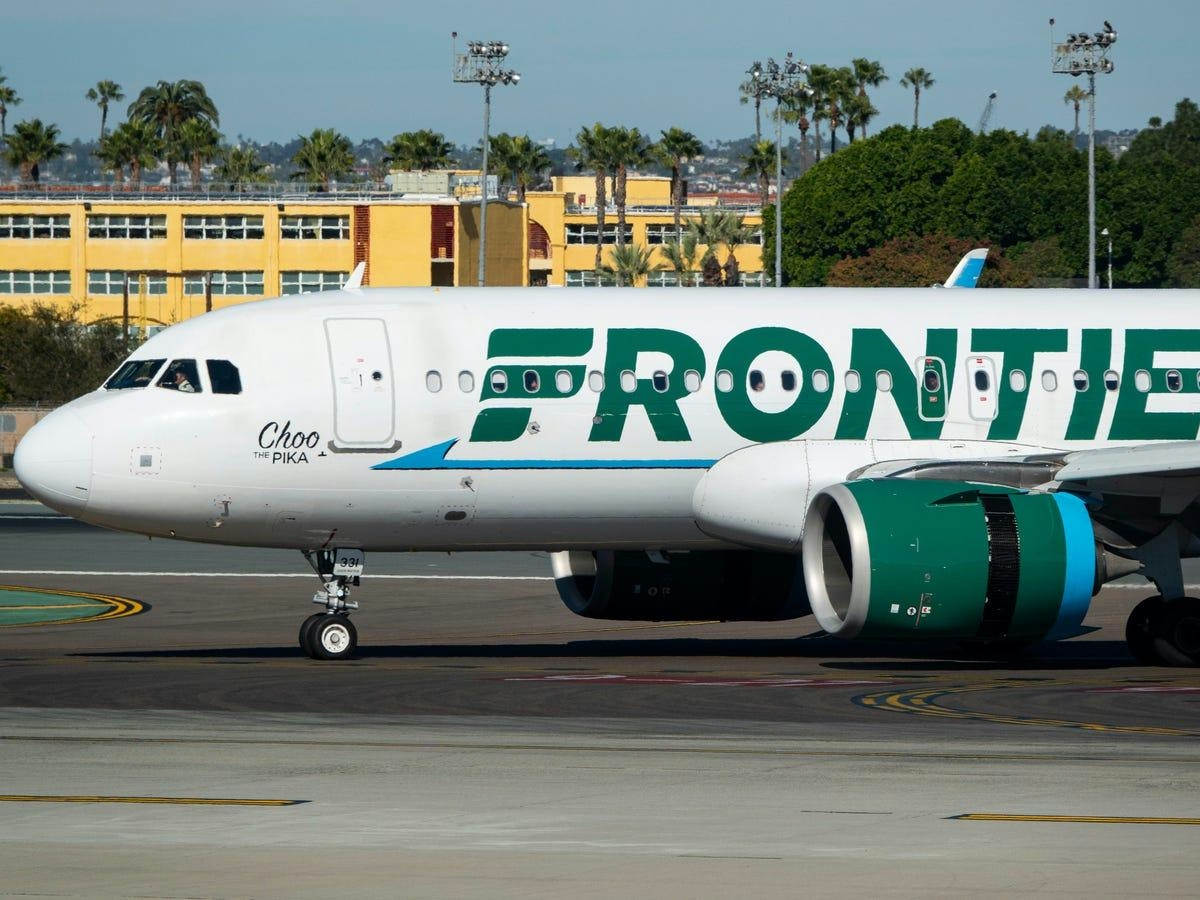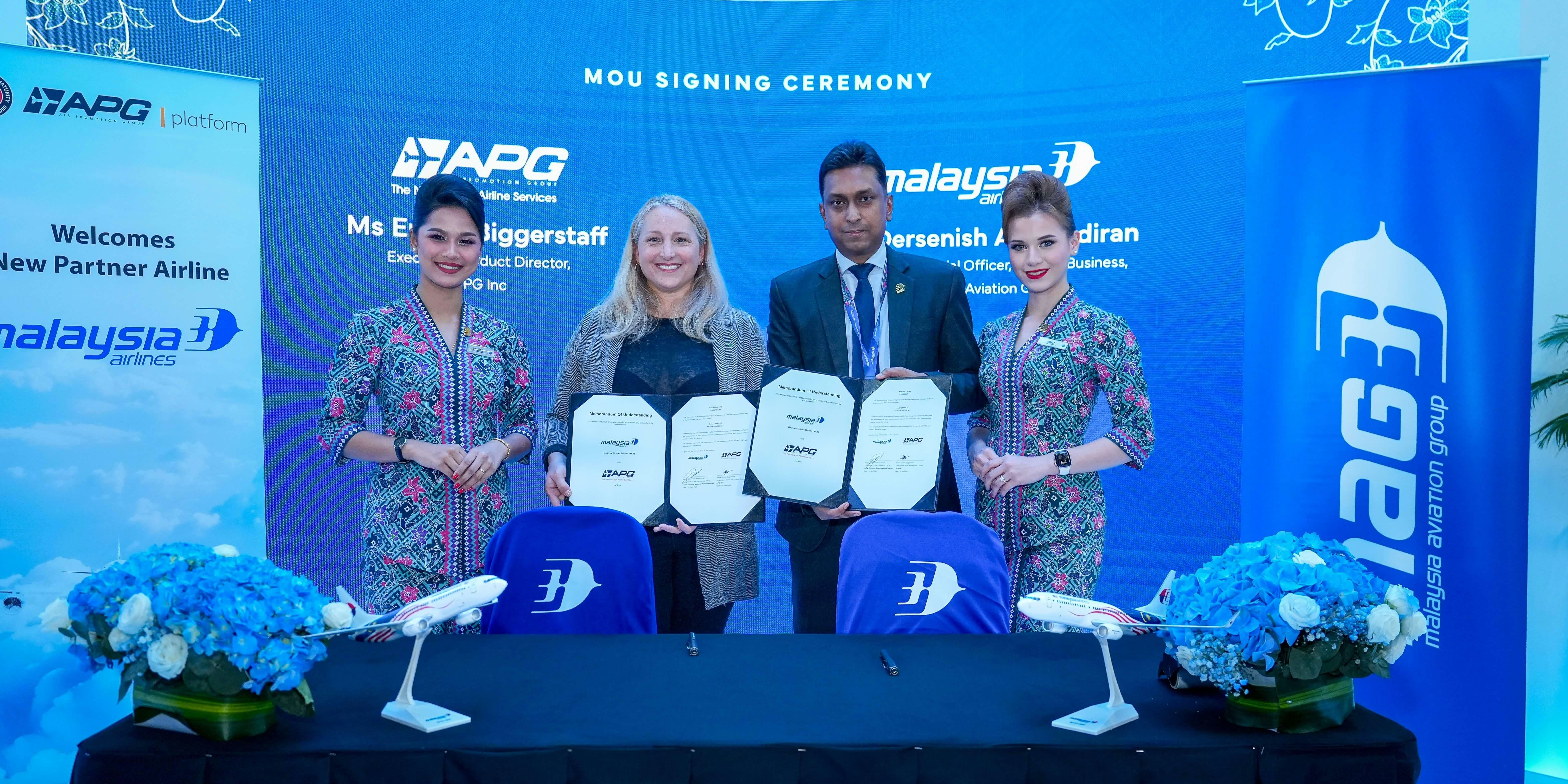
AeroGenie — あなたのインテリジェントな副操縦士。
現在のトレンド
Categories
How Legacy Technology Continues to Hinder Aviation Progress

How Legacy Technology Continues to Hinder Aviation Progress
In the ongoing digital transformation of the aviation industry, legacy systems remain a formidable barrier to modernization. Oleksandr Plyska, Vice President at Sigma Software Group, highlights the persistent challenges posed by outdated technology and outlines practical approaches that can enable the sector to advance without compromising safety or operational continuity.
The Challenge of Legacy Systems in Aviation
Despite significant investments in innovation, the aviation industry continues to rely heavily on legacy IT infrastructure. The sector’s inherent complexity and maturity make modernization a daunting endeavor. According to recent data from the International Air Transport Association (IATA), 80% of airlines now identify legacy IT as a major obstacle, a notable increase from 65% in 2019. Nevertheless, 75% of these airlines plan to undertake digital transformation initiatives by 2026, underscoring the urgency of overcoming these challenges.
The risks associated with legacy systems are substantial. IATA’s 2024 report reveals that downtime resulting from failed system upgrades can cost airlines up to $400,000 per hour. Nearly half of digital transformation efforts falter due to poor integration between legacy and modern technologies. The core difficulty lies in compatibility: legacy systems were not designed to interface with contemporary platforms such as artificial intelligence, the Internet of Things, or cloud-based solutions. This results in data silos that impede progress across customer service, revenue management, and strategic decision-making. Traditional tools often deliver delayed and fragmented data, limiting airlines’ ability to respond swiftly to market fluctuations and regulatory requirements.
Broader Implications and Industry Pressures
The technological challenges extend beyond operational inefficiencies. Customers and investors frequently view the complexity of transitioning to new systems with skepticism, which can trigger negative market reactions initially. However, successful modernization efforts tend to restore confidence, fostering trust and attracting positive feedback. Competitors are quick to adopt similar upgrades to maintain their competitive edge.
In addition to technological hurdles, the aviation industry faces increasing pressure to improve flight punctuality and service quality, issues that have drawn heightened regulatory scrutiny. Ambitious targets, such as achieving net zero emissions by 2050, further complicate the landscape. Meeting these goals will require not only overcoming legacy IT challenges but also navigating geopolitical risks, high costs, and ongoing supply chain disruptions.
Emerging Solutions and the Path Forward
Despite these obstacles, promising solutions are gaining traction. Airlines are adopting incremental modernization strategies to minimize operational disruption. Middleware platforms are being employed to bridge legacy and modern systems, while microservices architectures offer greater flexibility. Cloud migration is also becoming a key enabler, providing scalability and speed.
At Sigma Software Group, successful projects such as the replacement of critical budgeting systems for Scandinavian Airlines have demonstrated the potential benefits of these approaches. By cutting IT costs by 50% and maintaining business continuity, hybrid solutions have allowed legacy components to integrate with faster, modern platforms. The use of low-code tools has further accelerated development timelines, ensuring uninterrupted flight operations.
However, technology alone is insufficient to drive true transformation. A cultural shift that encourages experimentation and iteration is essential, particularly in an industry where safety is paramount. Creating safe environments for testing new ideas empowers teams and embeds digital innovation into daily operations. This approach not only accelerates progress but also attracts top engineering and data science talent.
While legacy systems continue to dominate aviation today, strategic planning, trusted partnerships, and a data-driven culture offer a viable path forward. As airlines modernize, they will be better positioned to meet regulatory demands, satisfy customers, and compete effectively in a rapidly evolving market.

PCC Approves Acquisition of Global Aircraft Leasing Firm

Kuehne+Nagel and SWISS Strengthen Sustainable Aviation Partnership

MD Aircraft Receives 20 Pre-Orders for eViator from UrbanLink

Emirates and GAMECO Expand Heavy Maintenance Partnership

Inside Vietjet’s 32-Hour Emergency Response to Keep Airbus Fleet Operational

Frontier Airlines Airbus A321neo Returns to Cleveland After Engine Fire

Why the Boeing 777X Is Limited to a Single Engine Type

Malaysia Aviation Group Announces Long-Term Business Plan

TrueNoord Expands Executive Team
